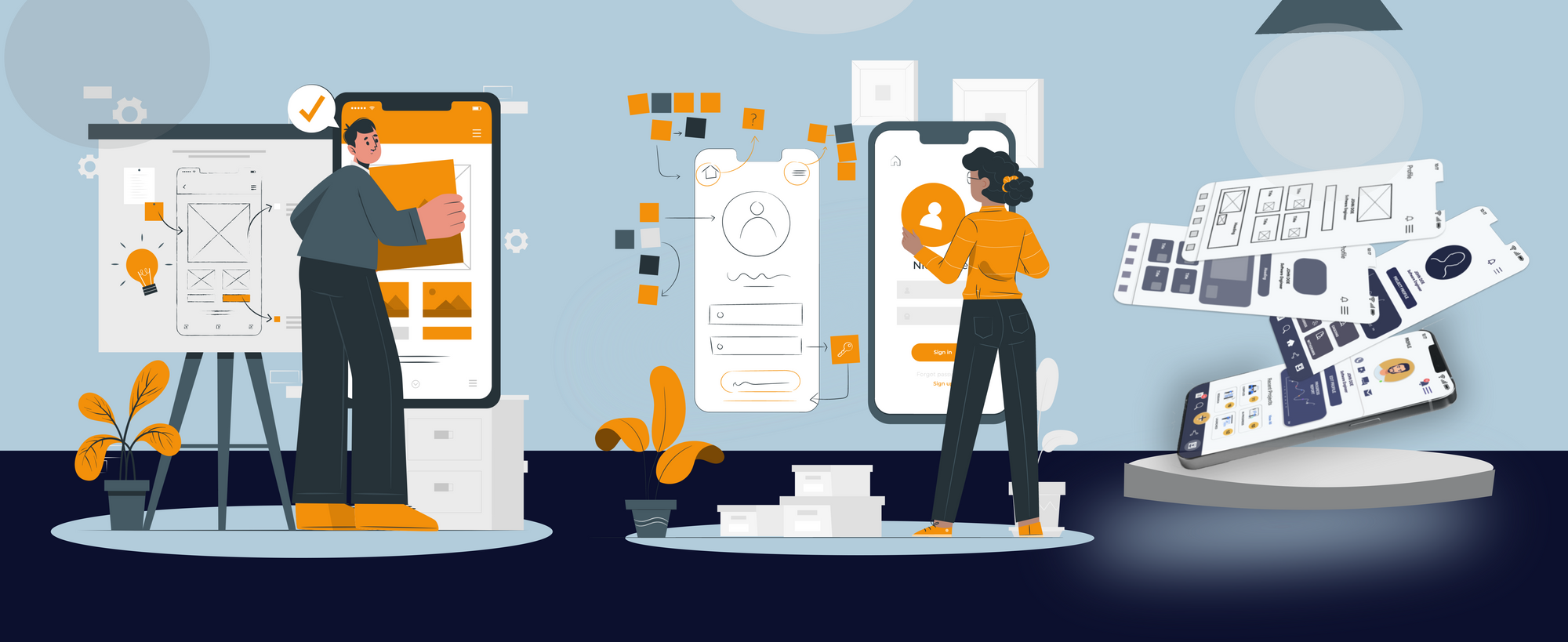Revamping Legacy Systems: How to Modernize Your Business Infrastructure
As technology advances and business needs evolve, it's becoming increasingly important for companies to modernize their legacy systems.

Introduction
As technology advances and business needs evolve, it's becoming increasingly important for companies to modernize their legacy systems. Legacy systems, which are older software applications and hardware platforms that are still in use, can be a barrier to innovation and growth. They may not be able to keep up with the demands of modern business or integrate with new technologies, which can slow down processes and impact efficiency. However, revamping legacy systems can be a daunting task, especially for businesses with large and complex systems. In this article, we'll explore the steps involved in modernizing legacy systems.
Scenario
Social Connect is a popular social media platform that connects people from all around the world. With its user-friendly interface and wide range of features, Social Connect has become a go-to platform for users who want to stay connected with their friends, family, and communities. As Social Connect grew in popularity, its legacy system became outdated and inefficient. The company realized that it needed to modernize its infrastructure to keep up with the demands of its growing user base. In this article, we'll explore how Social Connect revamped its legacy system and the benefits it gained from doing so.
Steps
Assessing Your Legacy System
The first step in revamping a legacy system is to assess it thoroughly. This involves understanding the system's architecture, identifying any security vulnerabilities, and assessing its scalability. It's also important to analyze the system's current performance and how it's affecting your business operations.
Therefore, Social Connect noticed that its legacy systems were causing issues with user experience and system performance. Their outdated infrastructure was unable to handle the increasing traffic and user demands, causing frequent downtimes and slow page loading times. They conducted a thorough assessment of their legacy system and identified the root cause of the problems. They realized that their infrastructure was outdated, and the software was not scalable enough to handle the increasing user demands.
Identifying Areas for Improvement
Once the assessment is complete, the next step is to identify areas for improvement. This involves analyzing the system's functionality and identifying areas where it can be enhanced or optimized. It's important to involve stakeholders from across the business to ensure that their needs are met during this process.
After the assessment, Social Connect identified areas that needed improvement. They decided to upgrade their hardware and software infrastructure to make it more reliable, scalable, and efficient. They also decided to introduce new features and enhance existing ones to provide a better user experience. Social Connect worked with their internal teams and external vendors to create a roadmap for the modernization process.
Designing the Modernized System
With a roadmap in place, the next step is to design the modernized system. This involves designing the architecture of the new system, selecting the appropriate technologies, and identifying any third-party integrations that are required. It's important to design a system that is scalable, secure, and flexible enough to accommodate future changes.
Social Connect's next step was to design the modernized system. They selected a scalable architecture and used modern technologies such as cloud computing, containerization, and microservices to build a more robust and scalable infrastructure. They also introduced new features such as real-time notifications, personalized content, and social listening to enhance the user experience. The design process involved extensive testing to ensure that the system was efficient, secure, and scalable.
Testing and Implementation
Once the modernized system is designed, it's important to thoroughly test it before implementation. This involves testing the new system for performance, security, and scalability. It's also important to train users on the new system and ensure that any necessary data migration is carried out successfully.
After designing the modernized system, Social Connect conducted extensive testing to ensure that everything was working correctly. They used both manual and automated testing methods to identify and fix any issues. Once the system passed all the tests, they implemented it in stages to minimize any disruptions to their users. Social Connect's team worked with their users to ensure a seamless transition from the old system to the new one.
Maintenance and Support
After the modernized system is implemented, it's important to provide ongoing maintenance and support. This involves monitoring the system's performance, identifying any issues, and addressing them quickly. It's also important to provide ongoing support to users and ensure that the system remains up-to-date with the latest technologies.
After the modernization process was complete, Social Connect continued to maintain and support the system. They monitored the system performance, user feedback, and made necessary updates and improvements to ensure a smooth and seamless user experience. They also provided support to their users through various channels, including a helpdesk, chatbots, and forums.

Result
The result of Social Connect's modernization was a more robust, scalable, and efficient system that provided a better user experience. Their modernized system was able to handle the increased traffic and user demands, reducing downtimes and improving page loading times. They also introduced new features and enhanced existing ones, which improved user engagement and satisfaction. The modernized system also helped Social Connect to stay competitive in the market and attract more users.
Conclusion
Revamping legacy systems can be a complex and challenging process, but it's essential for businesses that want to stay competitive in today's fast-paced business environment. At Sych, we have extensive experience in modernizing legacy systems and helping businesses successfully navigate this process. Our team of experts uses modern tools, techniques, and methodologies to design, test, and implement modernized systems that meet our clients' needs. If you're considering revamping your legacy system, contact us today to learn how we can help.

